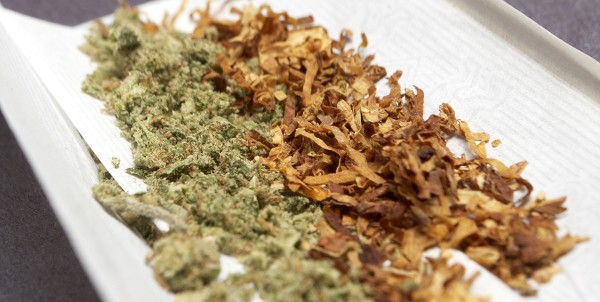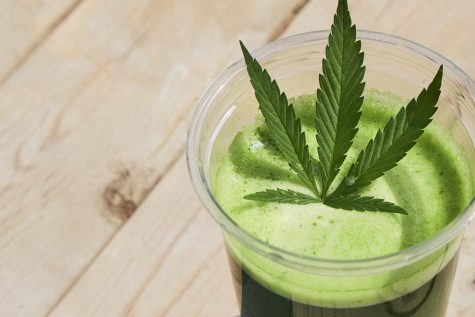Study suggests that chronic pain patients experience sustained relief when substituting analgesics for medical cannabis

Patients who have been diagnosed with chronic pain may benefit from ongoing relief when they use medical cannabis. This is according to longitudinal data published in the European Journal of Pain, which suggests that cannabis helped study subjects to minimize or completely banish their use of analgesic drugs over a certain period of time.
For a period of one year, a group of Israeli investigators assessed the safety and efficacy of cannabis based treatment options for chronic pain. The primary method of administration among the majority of study subjects was smoking.
Pain intensity sank from baseline by an average of 20 percent post-treatment, according to the investigators. Moreover, almost 50 percent of study subjects with chronic pain managed to quit using prescribable analgesic medications by the time the study came to an end.
“Forty-three percent of the patients who had been using analgesic medications prior to MC [medical cannabis] treatment initiation were no longer using them. This was true for all classes of analgesic drugs including over the counter analgesics, non-steroidal anti-inflammatory drugs, anticonvulsants and antidepressants,” the authors wrote.
“As for opioid use, 24 percent and 20 percent of the participants who had been using weak or strong opioids, respectively, at baseline stopped using them by the time they reached the 12-month follow-up,” the study authors continued.
Previous studies into cannabis for chronic pain
Cases of chronic pain across the United States demonstrate an ever-growing public health problem. This is particularly true in regards to older populations residing in industrialized nations.
Opioid-based pain treatments represent an even bigger problem, since these types of medication can be addictive, harmful and in thousands of cases, fatal.
Fortunately, cannabis has been shown to harbor promise as a natural therapy for chronic pain patients. Let’s take a look at some scientific research on the subject:
- An analysis from 2008, titled, “Cannabinoids in the management of difficult to treat pain,” noted the impressive tolerability of cannabinoid analgesics, with numerous clinical trials proving that cannabis-derived compounds have acceptable adverse event profiles. Moreover, the endocannabinoid system (ECS) interacts with various other major endogenous pain control systems, such as inflammatory response, endorphin/enkephalin and vanilloid/transient receptor potential (TRPV).
- In a comprehensive review of data focused on the health effects of cannabis and its naturally-occurring compounds, researchers from the National Academies of Sciences found that adult cannabis/cannabinoid consumers who endure chronic pain are more likely to report a clinically significant reduction in pain symptoms. (National Academies of Sciences, Engineering, and Medicine. Evidence and Recommendations for Research. Washington, DC: The National Academies Press; 2017.)
- The results of a 2019 study featured in the Journal of Psychoactive Drugs discovered that 80 percent of people – 65 percent of 1,000 study subjects – who consumed the plant for pain relief found a major reduction in their symptoms. (Nielsen S, Sabioni P, Trigo JM, et al. Opioid-sparing effect of cannabinoids: a systematic review and meta-analysis. Neuropsychopharmacology. 2017)
Conclusion
The team concluded that the prospective study delivers damning evidence for the benefits of using medical cannabis to ease chronic pain and associated symptoms.
With that being said, the results demonstrate an overall “mild-to-modest long-term improvement of the tested measures and identifying possible predictors for treatment success.”
Even so, the level at which cannabinoid-based analgesic medicines can be integrated into adjunctive pain management strategies remains to be understood.
You can read a full text of the study, titled, “Medical cannabis treatment for chronic pain: Outcomes and prediction of response,” in the European Journal of Pain.







